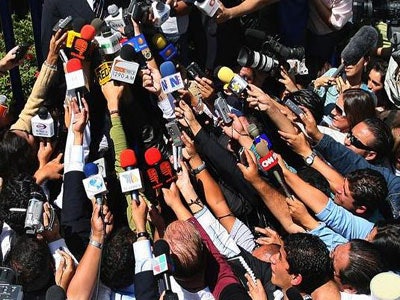Twenty-four to 72 hours was the timeframe for publicly addressing pressing issues and crises in college sports as well as other institutional emergencies. However, the response time is now two to three minutes, according to administrators and experts.
Several prominent names in the world of college sports say they cannot emphasize enough the importance of being proactive and having a plan to deal with crises. They say that athletic directors must be prepared for that 3 a.m. phone call that requires immediate action.

“So when I got a call in the middle of the night, my first call was to the president to let him know what was going on,” he adds. “Then I would make the calls and we’d meet in the president’s office as early as we could.”
At a recent panel discussion titled, “Crisis Management: Proactive Steps for Mitigating Risk and Being Prepared When a Crisis Strikes,” held at the 2016 Learfield Intercollegiate Athletics Forum and presented by SportsBusiness Daily/Global/Journal, panelists examined both practical and strategic positions stakeholders in college athletics must take to effectively address a crisis.
News is immediate
“Five or 10 years ago … if you got a call at 2:30 or 3 o’clock in the morning, we might be able to wait until 8 o’clock the next day,” says Jim Livengood, former athletic director of the University of Arizona, the University of Nevada, Las Vegas (UNLV) and Washington State University. Livengood is now a consultant of a crisis management company.















